 The picture to the left shows the most risque hats of the 15th century – the horned headdress and the hennin. These trend-setting hats were rumored to have originated with the illustrious raucous royal Isabeau of Bavaria (she's the one in the red). The fashion was somewhat short lived (around 1400-1450) probably because looking like a horned animal was a pretty scandalous look even for medieval France. Horned animals, like stags, were the ultimate symbol of masculinity so the horned hennin smacked of cross-dressing. One monk, named Thomas Connecte, was especially against young ladies and their diabolical vanities. He gave some uplifting sermons that led to a feisty hat burning party. This might not seem shocking today, but ears and especially hair were the short skirts of their day. A woman (even sometimes a prostitute) would never leave the house without a hat covering most of her hair unless she was unmarried. In fact, if a man stripped off a women's hat then it was considered an assault against a women's character because it was equivalent to calling somone an amoral (insert nasty word here).
The picture to the left shows the most risque hats of the 15th century – the horned headdress and the hennin. These trend-setting hats were rumored to have originated with the illustrious raucous royal Isabeau of Bavaria (she's the one in the red). The fashion was somewhat short lived (around 1400-1450) probably because looking like a horned animal was a pretty scandalous look even for medieval France. Horned animals, like stags, were the ultimate symbol of masculinity so the horned hennin smacked of cross-dressing. One monk, named Thomas Connecte, was especially against young ladies and their diabolical vanities. He gave some uplifting sermons that led to a feisty hat burning party. This might not seem shocking today, but ears and especially hair were the short skirts of their day. A woman (even sometimes a prostitute) would never leave the house without a hat covering most of her hair unless she was unmarried. In fact, if a man stripped off a women's hat then it was considered an assault against a women's character because it was equivalent to calling somone an amoral (insert nasty word here).
But it turns out that it takes more than an angry monk and a hat burning party to tame a medieval fashionista. Ladies went right back to wearing their horny hats and soon doors had to be enlarged to fit their wide heads. I love when fashion changes architecture.
 The horned hennin later evolved into the steeple hats that today conjure up images of damsels in distress and girls playing princess. Again, this fashion was short-lived by medieval standards and was seen only in France. Variations occurred with hats that looked like a flower pot and hats that formed a point at the top.
The horned hennin later evolved into the steeple hats that today conjure up images of damsels in distress and girls playing princess. Again, this fashion was short-lived by medieval standards and was seen only in France. Variations occurred with hats that looked like a flower pot and hats that formed a point at the top.For a closer look at 18th century hats visit the Duchess of Devonshire’s ode to the Portrait Hat.
Sources and Further Reading:
De Courtais, Georgine. Women’s Hats, Headdresses and Hairstyles, Mineolo: New York, Dover Publications, 1973
Newman, Paul B. Daily Life in the Middle Ages, Jefferson, North Carolina: McFarland & Company Inc, 2001

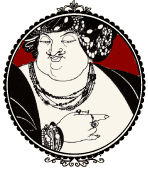

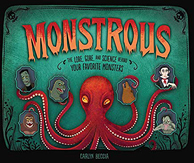
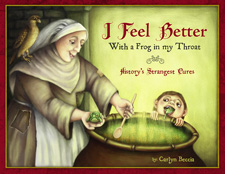
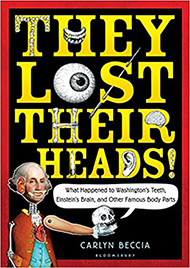


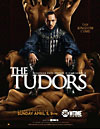

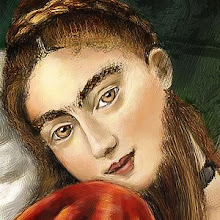

5 comments:
Thank you for this fantastically interesting post! That hat is such a stereotypical "medieval" hat yet you rarely see it in the actual art of the period. Now I know why! I think I totally would have had one; I once saw one in a fashion plate book with metal caging that you could see the hair through.
Wow! The style of the hat also has this mini 'face lift' effect. No, really, it draws upward focus, like when wearing your hair up. Love it!
Hat burning leading to bra burning centuries later! Wait. Two completely different viewpoints.
Interesting stuff! Cross dressing devils those prim women used to be. :)
What a great blog! It is a pity that I can not find RRS address. If RRS offers a subscription service, I can easily follow your blog!
Hi Coach suitcase. Nice to meet you.
I am not really technical but there is an orange subscribe in a reader button right under the scary lady. I think that is what you mean by rss?
I guess I should make it more obvious.
oh and you also can get posts by email too. That button is below the orange one.
Post a Comment